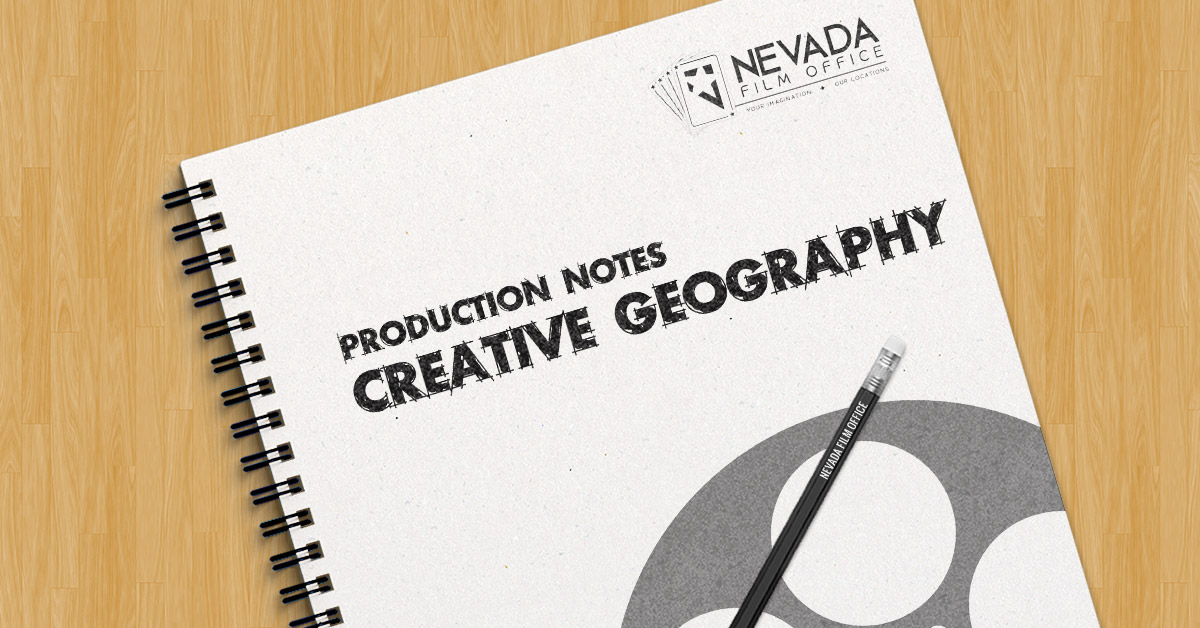
What Is Creative Geography?
Creative geography, also known as artificial landscape, is a filmmaking technique invented in the 1920s by Russian filmmaker Lev Kuleshov. It refers to the method of filming scenes at multiple locations or various times of the day but editing them in such a way that it appears to be one continuous location or time.
Kuleshov accidentally discovered this technique while experimenting with editing techniques. In his short film The Project of Engineer Prite, Kuleshov wanted to show characters watching electric poles. He shot two separate scenes in different parts of Moscow – 1) the characters looking out of a field, and 2) the poles. By juxtaposing these two clips together, he was able to help viewers infer that the two shots were in the same location and that it was a single continuous scene.
In modern film and television production, a frequent use of creative geography can be seen when a character is shown entering a real house through an exterior door and the next interior shot (of the living room or kitchen, for example) is one that is set up on a sound stage.
If you are looking for editors to help you with your creative geography ideas for your next project, visit our online Nevada Production Directory to find experienced Nevada production crew and support services or drop by our office and pick up a free printed directory!
If you offer production and film-related services in Nevada and are not yet listed in our Production Directory, you can learn more about how to sign up for the NPD here.